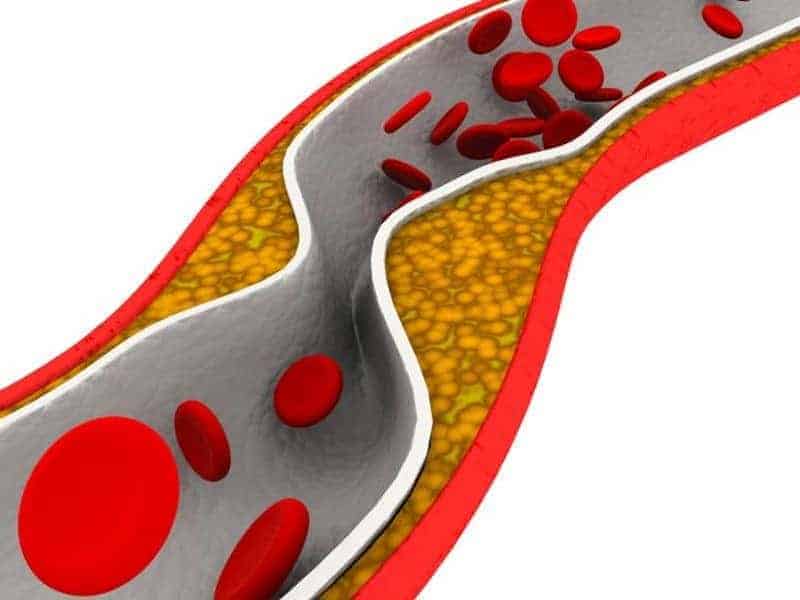WEDNESDAY, June 19, 2019 (HealthDay News) — Major bleeding occurs in about 4 percent of lower-extremity peripheral vascular intervention (PVI) procedures, according to a study published online June 17 in JACC: Cardiovascular Interventions.
Bhaskar Bhardwaj, M.D., from the University of Missouri in Columbia, and colleagues used data from the National Cardiovascular Data Registry PVI (2014 to 2016) to identify patients undergoing PVI at 76 hospitals. Periprocedural bleeding complications were assessed among patients undergoing lower-extremity PVI (18,289 procedures).
The researchers found that major bleeding occurred in 4.10 percent of procedures. Patient characteristics of age, female sex, heart failure, preprocedural hemoglobin <12 g/dL, nonelective PVI, and critical limb ischemia on presentation were independently associated with bleeding. Nonfemoral vascular access, use of thrombolytic therapy, PVI of the aortoiliac segment, and multilesion interventions were procedural characteristics associated with bleeding. Use of closure devices was associated with less bleeding. Among patients who experienced bleeding, all-cause in-hospital mortality was higher (6.60 versus 0.30 percent without bleeding; adjusted hazard ratio, 10.9).
“We can use the findings to identify factors and create models to predict who is at higher risk of bleeding,” a coauthor said in a statement. “In these patients, we need to be especially careful to avoid doing anything that could increase the risk of bleeding.”
Abstract/Full Text (subscription or payment may be required)
Editorial (subscription or payment may be required)
Copyright © 2019 HealthDay. All rights reserved.



